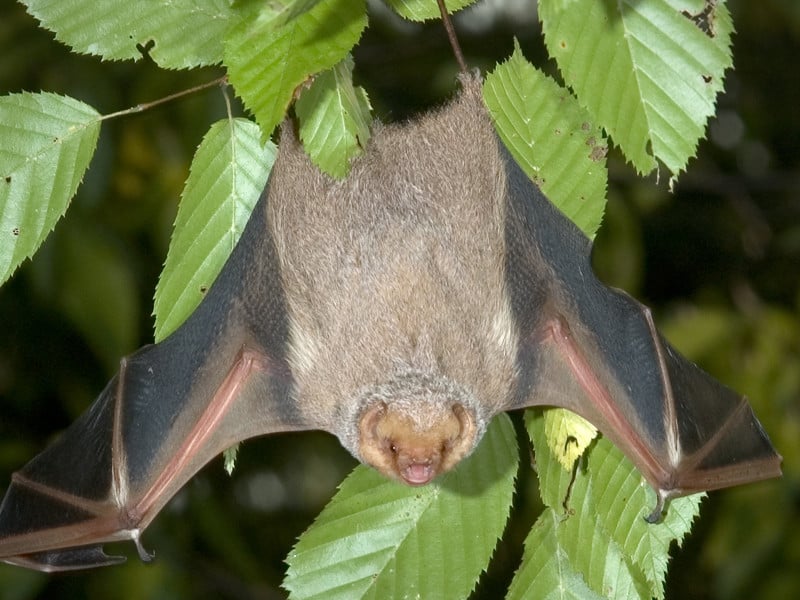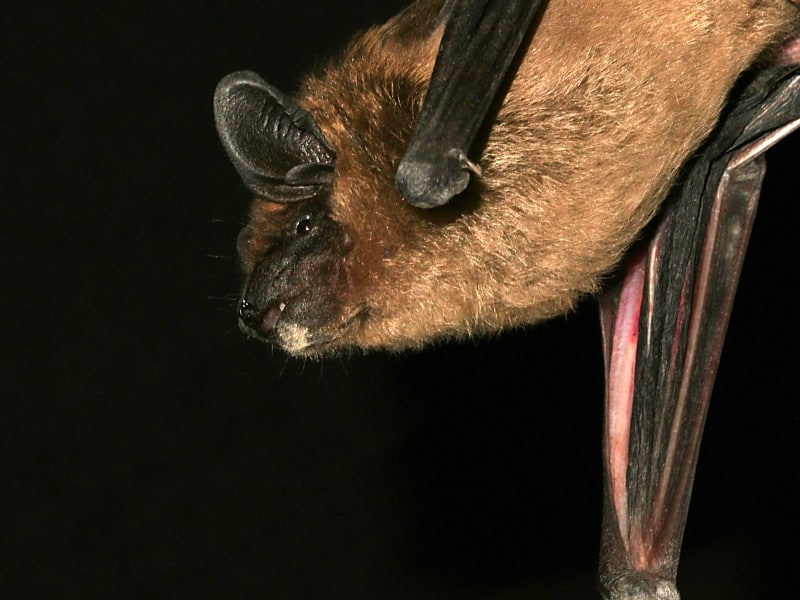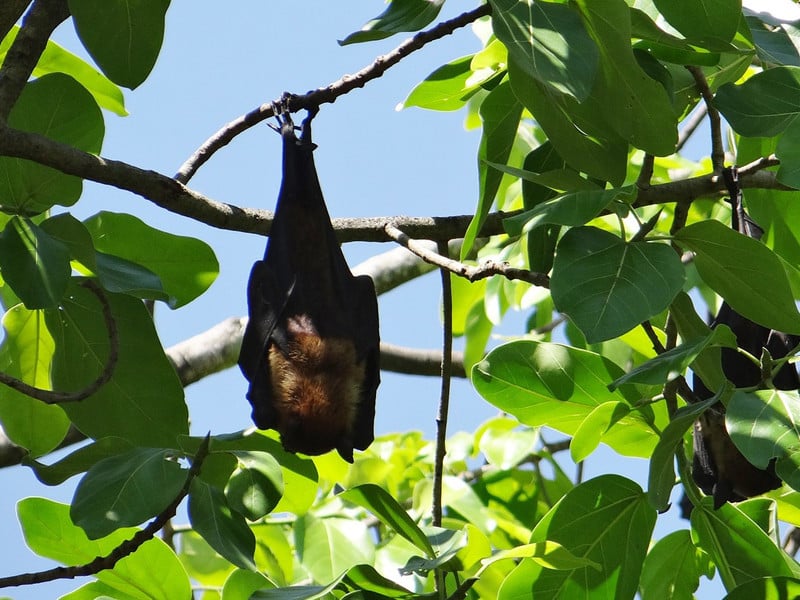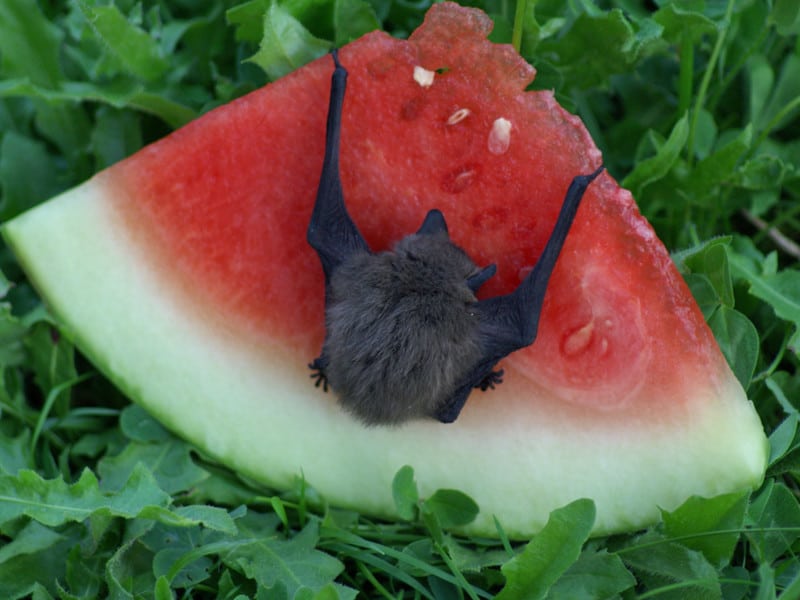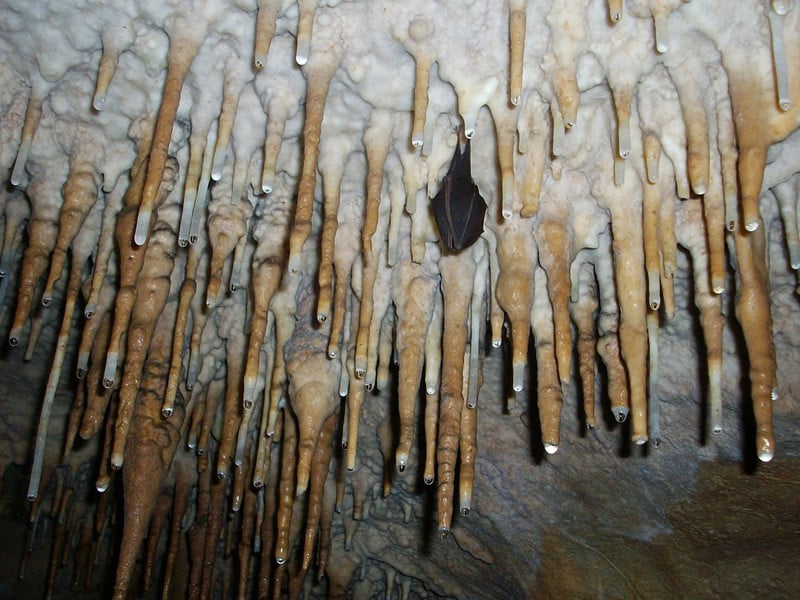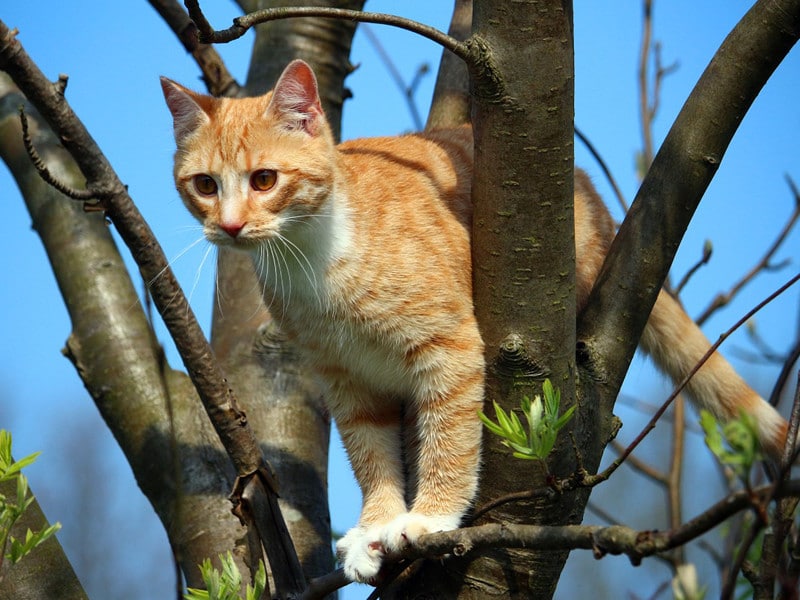When we think about pollination, it is typically the birds and the bees that come to mind. Most people have no clue that the bat also places a huge role in that process. This takes place on a very large scale around the world. Some areas do depend on the pollination of bats more than others. They include Africa, Asia, and the Pacific Islands.
Bats help with the pollination of many types of fruit in the world. This includes bananas, mangos, and peaches. It is believed that over 500 different types of tropical plants are pollinated successfully every single year through the bats role. The fact that the bats can fly quite a distance before they drop seeds also helps to keep areas of growth highly diversified.
Bats tend to like flowers that don’t give off strong scents or offer bright colors. This is the opposite of what attracts bees. These types of flowers that the bats like also seem to have lots of nectar offered in them. Many experts believe that the birds and bees take the day shift and the bats take the night shift. Everything that we know about pollination in the day time occurs at night with the bats.
It is believed that over 500 different types of tropical plants are pollinated successfully every single year through the bats role.
What about the birds that have long beaks to get the nectar from flowers? Bats don’t have that feature but they are able to pollinate. The process is one that involved a very long tongue. When the bat isn’t using it, this tongue is rolled up in the body, underneath the rib cage. When they are using it they have complete control over such movements.
Since many bats are migratory in nature, they can carry the pollination process great distances. Their movements are believed to continually introduce new plants to various locations out there. Sometimes the growth of them is successful. Other times it isn’t possible for those types of plants or flowers to grow in the new location. The bottom line though is that the bat really does have a substantial role in overall pollination efforts.
Tequila is a very popular alcoholic product. It is derived from the agave plants. The Mexican Long Tongued Bat is responsible for the majority of the seeds being spread so that these plants can continue to grow.
Even though we do have quite a bit of information about the role of bats and pollination, there is also the fact that we don’t know the full extent of it. Since the timing for the bats to be out is at night there is plenty of activity that takes place under the radar.
In addition bats are also well known for keeping insects and bugs away from crops.
There is still plenty of research that needs to be conducted. Two goals are first to determine all of the entities that are pollinated by the bat. The second is to identify what species of bats are responsible for the pollination in given areas. Such goals though are complex and very time consuming to complete. Still, efforts are moving along in the right direction to make this information accurate and complete.
The fact that bats do so much for pollination is part of the reason why they are protected in many areas. Those with such information realize that if the bats are eliminated in given locations it will severely hinder the development of many plants, fruits, and flowers.
In addition bats are also well known for keeping insects and bugs away from crops. They will eat tons of them annually that would be destroying such crops. Some of the critters that they consume include June Beetles, Stink Bugs, and Corn Worm Moths. Without their help the use of harmful pesticides would significantly increase and be dangerous for humans.

